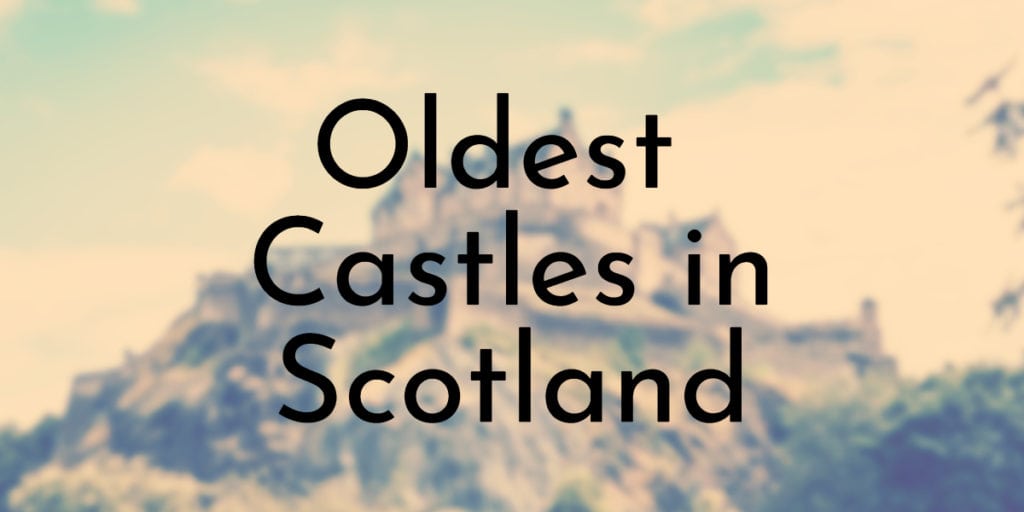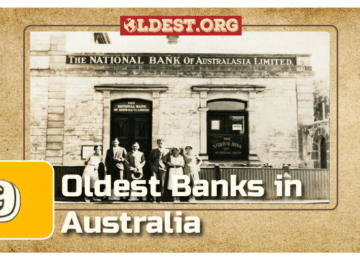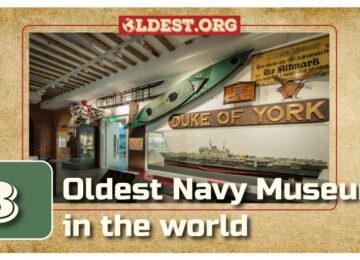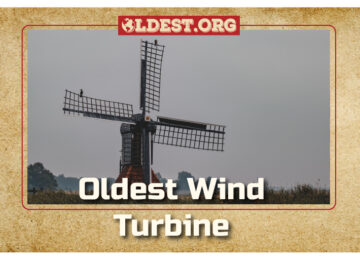Scotland is home to some of the oldest castles in the world, with many spectacular fortifications built over the centuries by powerful noble families. The oldest castles in Europe are not always the most obvious ones. It is often these more undiscovered buildings which contain some of the best features that remain from the Medieval ages.
While you may have heard of Edinburgh’s New Town, there are many others which are just as interesting and may give you a new perspective on Scotland’s history. Many of these historical castles have been restored so they can be visited today.
This article will provide you with a list of the oldest castles to ever exist in Scotland.
14. Aberdour Castle
Year Built: 1200
Type: Tower House
Location: Aberdour, Fife
Status: Partially ruined
Ownership: Historic Environment Scotland
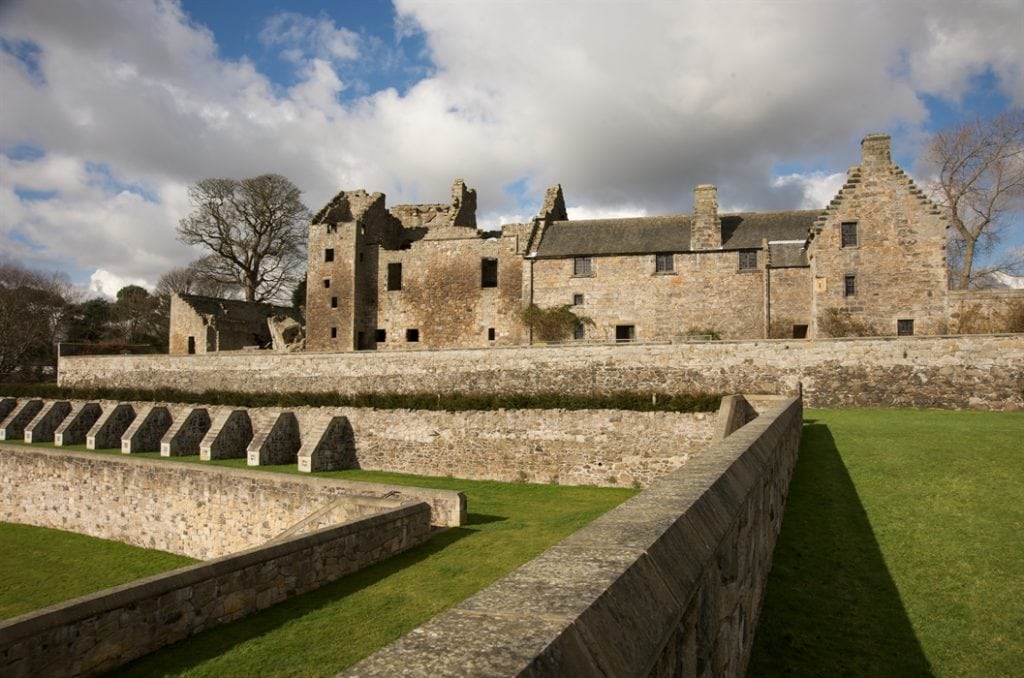
Together with Castle Sween in Argyll, which was constructed in about the same period, Aberdour Castle is one of the two earliest datable existing castles in Scotland, with portions of the castle dating back to roughly 1200.
Before the year 1200, the de Mortimer family constructed a two-story tower home that served as the foundation for the castle.
Although portions of the original tower house collapsed in 1844 and 1919, the remnants of the original tower house may still be seen inside the complex of ruins at the west end of the castle.
Did You Know?
One of the oldest masonry castles still surviving in Scotland is believed to be what is left of the original Aberdour Castle.
13. Castle of Old Wick
Year Built: 1160
Type: Castle of Enclosure
Location: Historic Scotland
Status: Ruined
Ownership: Historic Environment Scotland
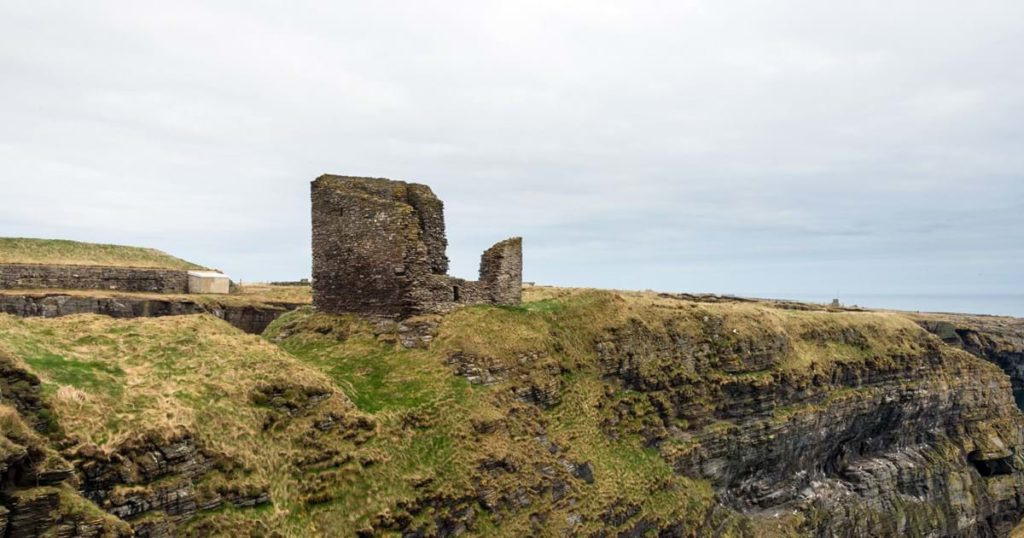
The Castle of Old Wick is a ruined Norse fortress positioned on a stunning clifftop, thrusting out into the water on a narrow ridge of rock, with high cliffs on each side.
It was built in the 12th century, making it one of Scotland’s first castles as well as one of the best-preserved Norse strongholds. Around 1160, Harald Maddadson, Earl of Orkney and Caithness, is believed to have constructed it.
The castle is located within a MOD shooting range and is open to the public. About halfway between the parking lot and the castle, there is a flagpole that is pretty noticeable beside a stile. A red flag will fly from the mast if the location is off-limits due to MOD activity.
Did You Know?
Sir Reginald de Cheyne, a follower of the English monarch Edward I, ruled Old Wick during the Scottish Wars of Independence in the early 14th century.
12. Lochmaben Castle
Year Built: 1160
Type: Castle of Enclosure
Location: Lochmaben
Status: Ruined
Ownership: Historic Scotland
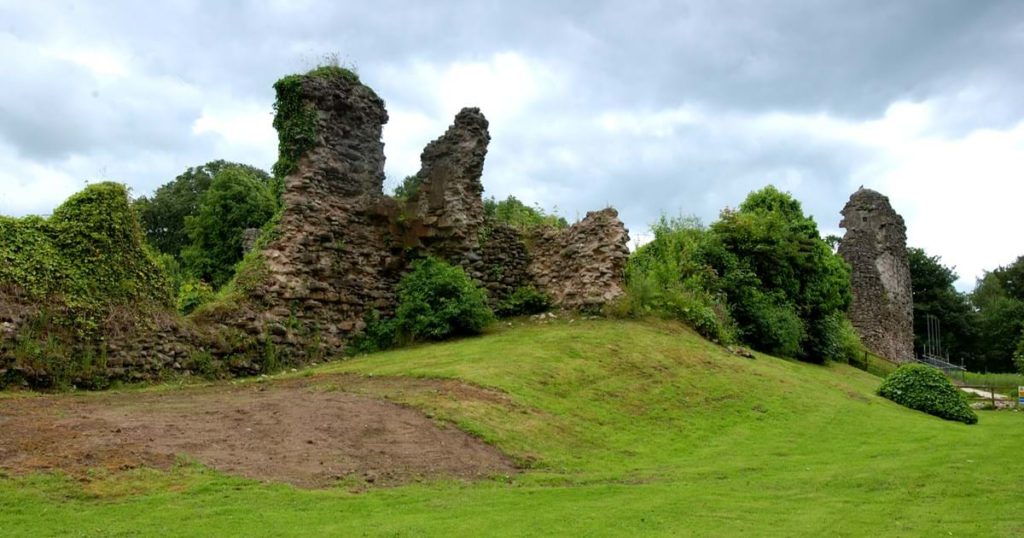
Two Lochmaben Castles existed. The Bruce family, the Lords of Annandale, constructed the first one in the 1160s. It was situated on a motte on the neck of land dividing Kirk Loch to the west and Castle Loch to the south of present-day Lochmaben.
Early in the thirteenth century, the second Lochmaben Castle was built, leaving the first abandoned and likely with most of its stone already removed to aid in the construction of the new structure.
The motte, which now serves as one of the greens on a golf course, is all that is left of the medieval fortress today.
Did You Know?
When James VI invaded and took the castle from the Maxwell family in 1588, it had not been in use since.
11. Melville Castle
Year Built: 1155
Type: Castellated Mansion
Location: Lasswade
Status: Restored
Ownership: Private
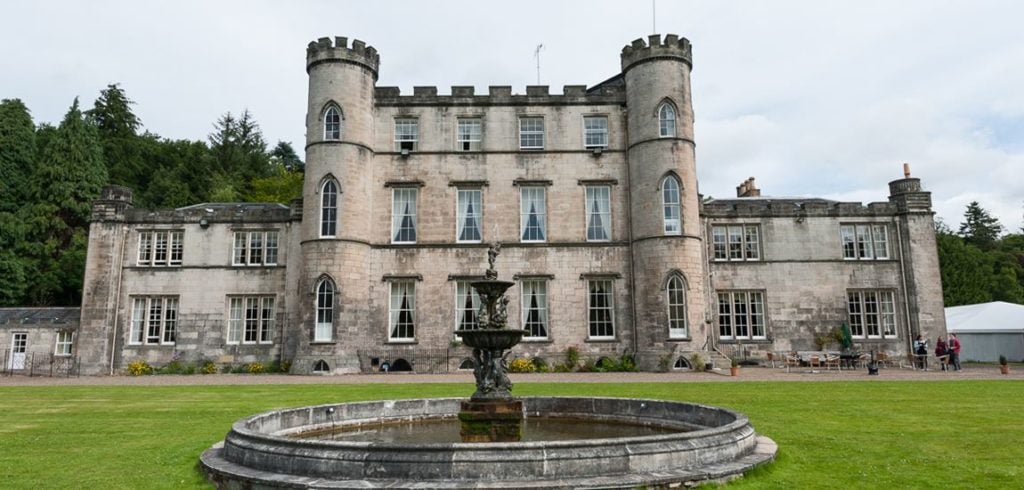
Melville Castle has a long and illustrious history that dates back to 1155, when an Anglo-Norman nobleman by the name of Galfrid de Malleville ruled the Malleville estate. In the late 14th century, Sir John Ross of Halkhead acquired the castle by marriage.
In June 2003, it was restored as a four-star hotel. In 2011, it was closed for renovations, and in March 2012, it resumed as a wedding venue and castle for private use.
Did You Know?
The Ross family owned Melville Castle until Sir David Rennie purchased it in 1762.
10. Foulis Castle
Year Built: 1154
Type: Tower House
Location: Evanton
Status: Occupied
Ownership: Clan Munro
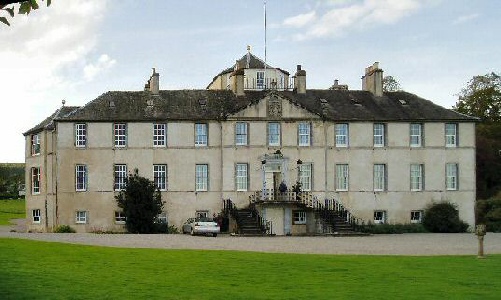
The Clan Munros transformed the Tower of Foulis, which was constructed in 1154, into a huge and imposing fortified castle, which has been their ancestral residence since then.
Within its magnificent Georgian design, the existing castle dates from the middle of the 18th century and incorporates the remnants of a much older and extremely unusual defensive structure. The castle is still held by the leader of the Clan Munro. Public access is only possible with prior agreement.
Did You Know?
The ancient castle walls were discovered to be five feet, six inches thick at ground level during 20th-century renovations.
9. Cubbie Roo’s Castle
Year Built: 1145
Type: Tower House
Location: Wyre, Orkney
Status: Ruin
Ownership: Historic Scotland
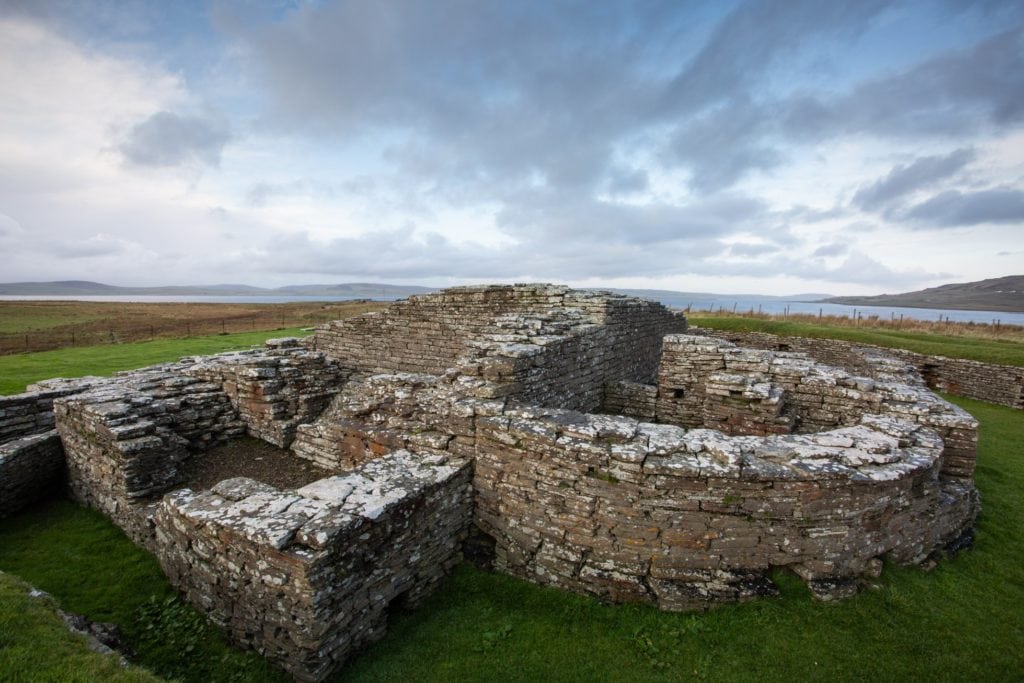
The remains of Scotland’s earliest medieval castle, Cubbie Roo’s Castle, were built during the Norse era. According to the Orkneyinga Saga, Kolbein Hruga constructed a magnificent stone fortress on the island of Wyre, where Kolbein Hruga lived, perhaps about 1145.
The earliest medieval castle in Scotland is said to be Cobbie Row’s Castle. The remains of St. Mary’s Chapel are located at the base of the slope on which the castle is perched.
Did You Know?
Cobbie Row is a misspelling of the castle’s name, and as investigation has turned up no signs of prior buildings, the stein kastala is all that is left today.
8. Duffus Castle
Year Built: 1140
Type: Castle of Enclosure
Location: Historic Scotland
Status: Ruin
Ownership: Historic Environment Scotland
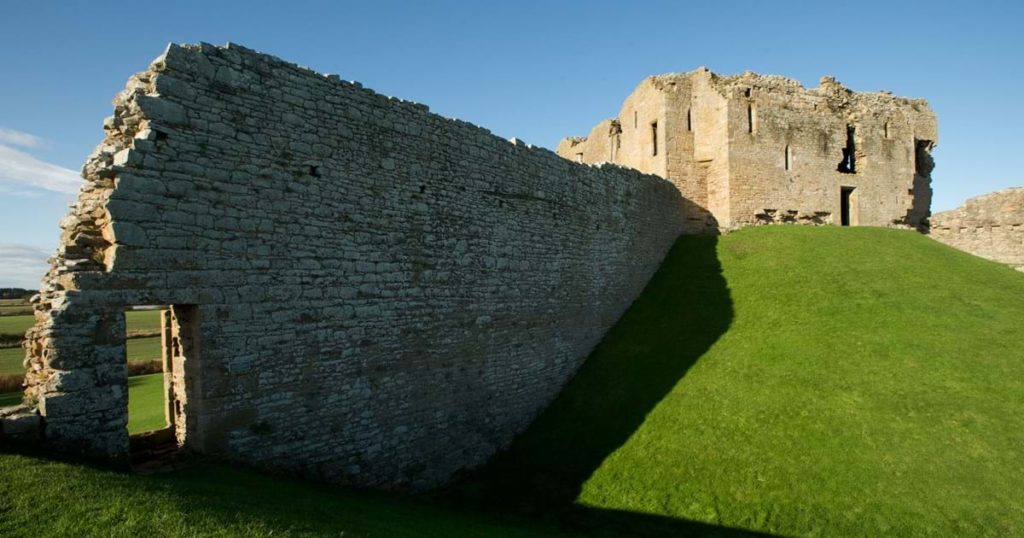
In the early part of the 1100s, a Flemish immigrant to Scotland by the name of Freskin constructed Duffus Castle. In 1130, after David I was assailed by the folk of Moray, the king dispatched Freskin to the north as a spokesman for royal authority.
The beachfront of Spynie Loch, which is now a rich plain called the Laich of Moray, used to be a marshy area where the castle is located. Long after the loch had dried up, this was once more of a defensive stance than it is now.
The castle was abandoned after the 2nd Lord Duffus died in 1705 due to its being completely unfit to be a home.
Did You Know?
By way of his union with the Freskin heiress Mary de Moravia, Sir Reginald le Chen acquired ownership of the castle in 1270.
7. Traquair House
Year Built: 1107
Type: Fortified House
Location: Traquair, Innerleithen
Status: Occupied
Ownership: Privately Owned (open regularly)
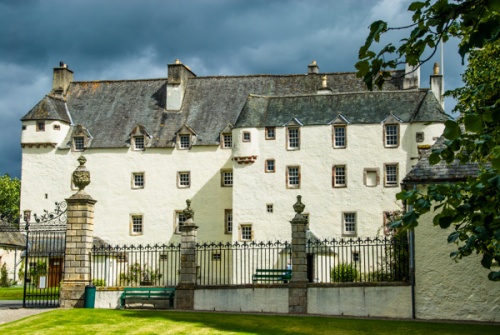
Scotland’s oldest inhabited house is Traquair. It was once a manor house for the kings and queens of Scotland and has been inhabited for more than 900 years.
The main structure was finished in the 1500s, a time when the Lairds of Traquair were at the center of political power and came to be connected with Mary Queen of Scots, who paid Traquair a visit in 1566.
Currently, it serves as the abode for Catherine, the twenty-first Lady of Traquair, her husband, Mark Muller QC, and their three children, Louis, Charlotte, and Isabella.
Did You Know?
The house was given to James Stewart, the Earl of Buchan’s son and first Laird of Traquair, in 1491.
6. Edinburgh Castle
Year Built: 1103
Type: Royal Fortress
Location: Edinburgh
Status: Occupied
Ownership: Scottish Ministers and Minister of Defense
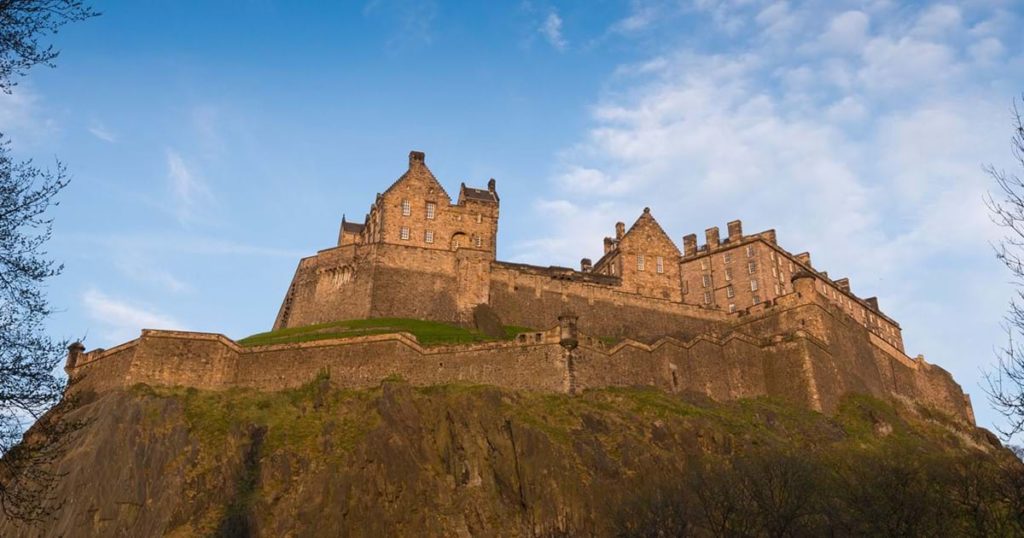
Stronghold Edinburgh Castle currently mostly serves as a museum but was previously the Scottish rulers’ official home. It sits atop Castle Rock, a volcanic outcrop that overlooks Edinburgh from a height of 443 feet above sea level.
It is situated on Castle Rock, which has been home to people since at least the Iron Age, though it is unknown what kind of early community it was.
The Honors of Scotland, which serve as the nation’s crown jewels, are traditionally kept at Edinburgh Castle.
Did You Know?
The castle is built on the remains of an extinct volcano that rose around 350 million years ago during the lower Carboniferous epoch.
5. Castle Sween
Year Built: 1100
Type: Stone Castle
Location: Loch Sween
Status: Ruined
Ownership: Historic Scotland
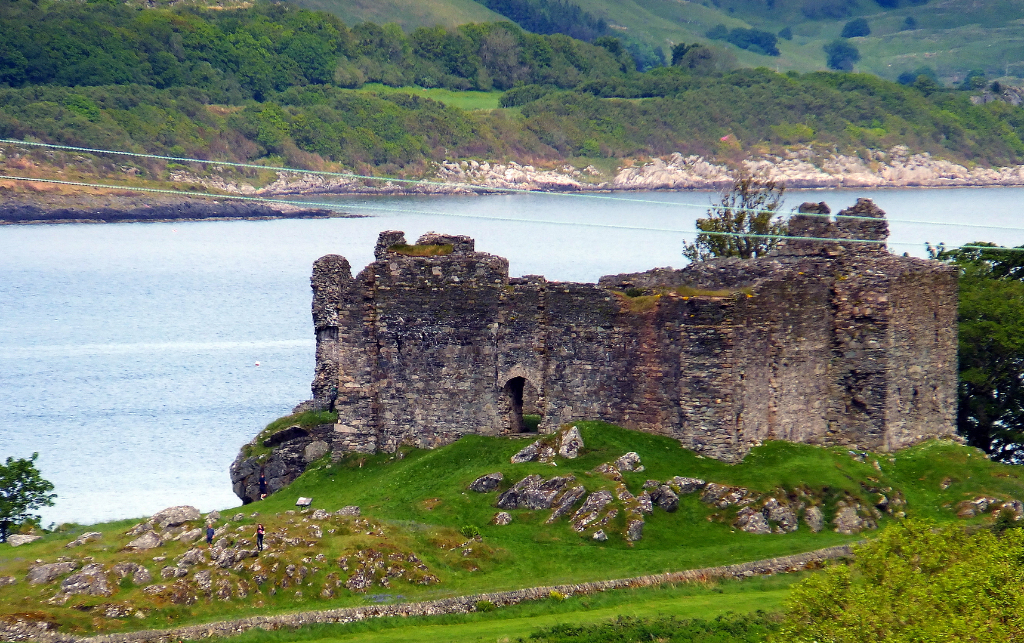
According to Historic Environment Scotland, Castle Sween in Knapdale, Argyll, is one of Scotland’s earliest stone castles that can be dated with certainty.
The castle looks out over Loch Sween from a low, rocky slope. Although the structure was changed and expanded upon during the following 500 years, its curtain wall, which was 2 meters thick and 8 meters high, formerly encircled a quadrangular courtyard.
Historic Scotland is now responsible for preserving Castle Sween.
Did You Know?
The castle was named after Suibhne (Sven), an Irish chieftain and progenitor of the MacSweens.
4. Rothesay Castle
Year Built: 1098
Type: Shell Keep
Location: Rothesay
Status: Ruined
Ownership: Historic Scotland
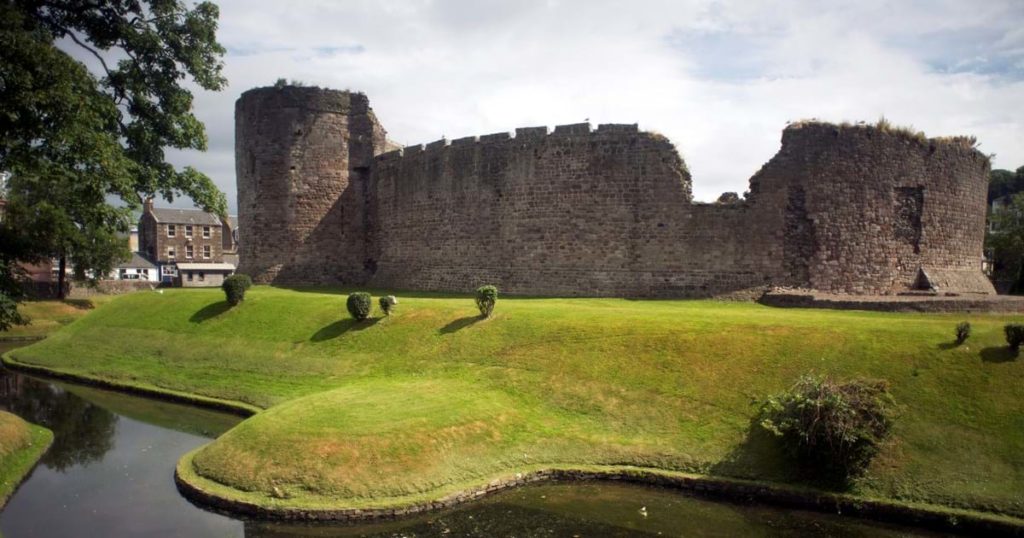
Due to its early construction date and peculiar circular design, Rothesay Castle stands out among Scottish castles. Furthermore, it is well-known for its connections to the Stewarts, both when they were hereditary high stewards and, starting in 1371, when they became a royal dynasty.
The castle includes a massive curtain wall and is reinforced by four round towers, all of which are encircled by a wide moat. When the Crichton Stuart family took over as castle caretakers in the 1800s, Rothesay had already fallen into ruin.
Guests are welcome at the castle all year round. From the top of the walls, one may enjoy beautiful views of the town and the mainland.
Did You Know?
After the 17th century, the castle started to deteriorate, but the Marquess of Bute renovated it before it was placed in state custody in the 20th.
3. Dunbar Castle
Year Built: 1070
Type: Castle of Enclosure
Location: East Lothian
Status: Ruined
Ownership: Unknown
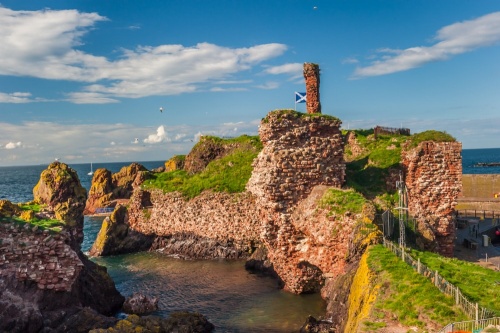
One of Scotland’s largest and most majestic castles used to be located in Lothian, the Dunbar Castle. On the way to Dunbar harbor, the remnants of the castle still stand out.
As early as the 7th century, the Anglian kingdom of Bernicia utilized the fortress on the point of land guarding Dunbar harbor.
The Duke of Albany reinforced the fortress in 1515 to make the most of contemporary advancements in artillery. The English raid on Dunbar Stronghold in 1548 was unsuccessful due to the additional defenses, and the castle was severely burned. In 1550, the French allies of the Scots increased the castle defenses once again.
Did You Know?
Dunbar, which means the fort of the point, is named after the Brythonic phrase “dyn barr.”
2. Newark Castle
Year Built: 1073
Type: Tower House
Location: Nottinghamshire
Status: Ruin
Ownership: Unknown
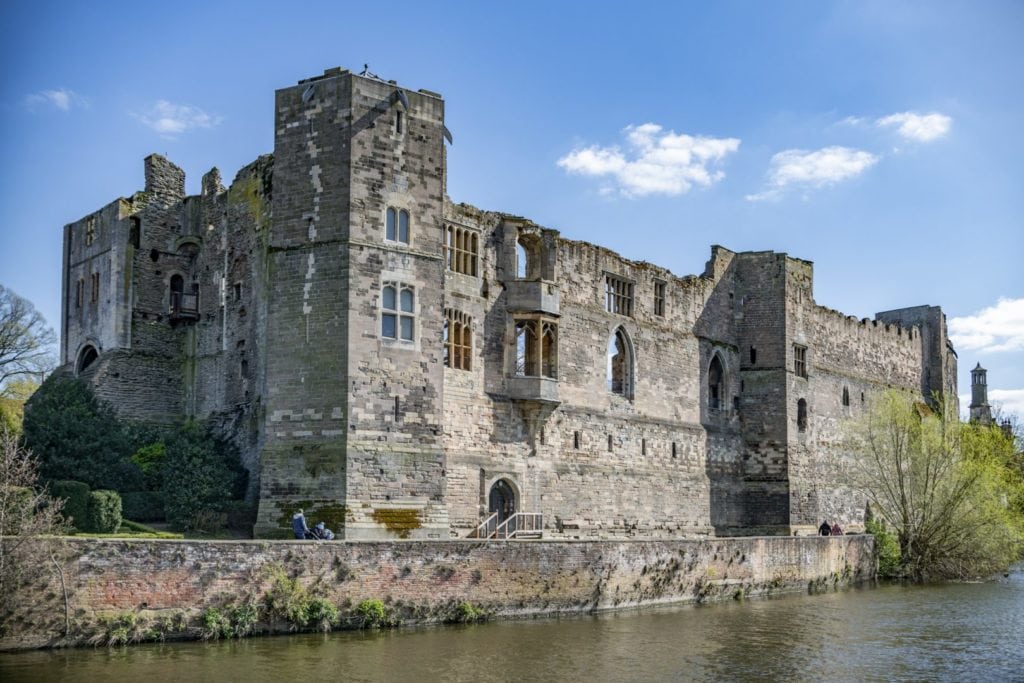
Around 1073, the Bishop of Lincoln replaced a previous Saxon fortified manor house with Newark Castle. In the twelfth century, both the Newark Town Walls and the castle were rebuilt in stone.
Three sieges that took place during the Civil War required the construction of substantial earthwork defenses around the castle and town. The Queen’s Sconce is an amazingly preserved example of one of these buildings.
In 1889, the city of Newark acquired control of the castle. The East Gate was still standing after the town walls were leveled in the seventeenth and eighteenth centuries.
Did You Know?
During his brief insurrection against Henry III in 1221, William de Forz temporarily gained possession of the fortress.
1. Delgatie Castle
Year Built: 1030
Type: Tower House
Location: Turriff
Status: Preserved
Ownership: Delgatie Castle Trust
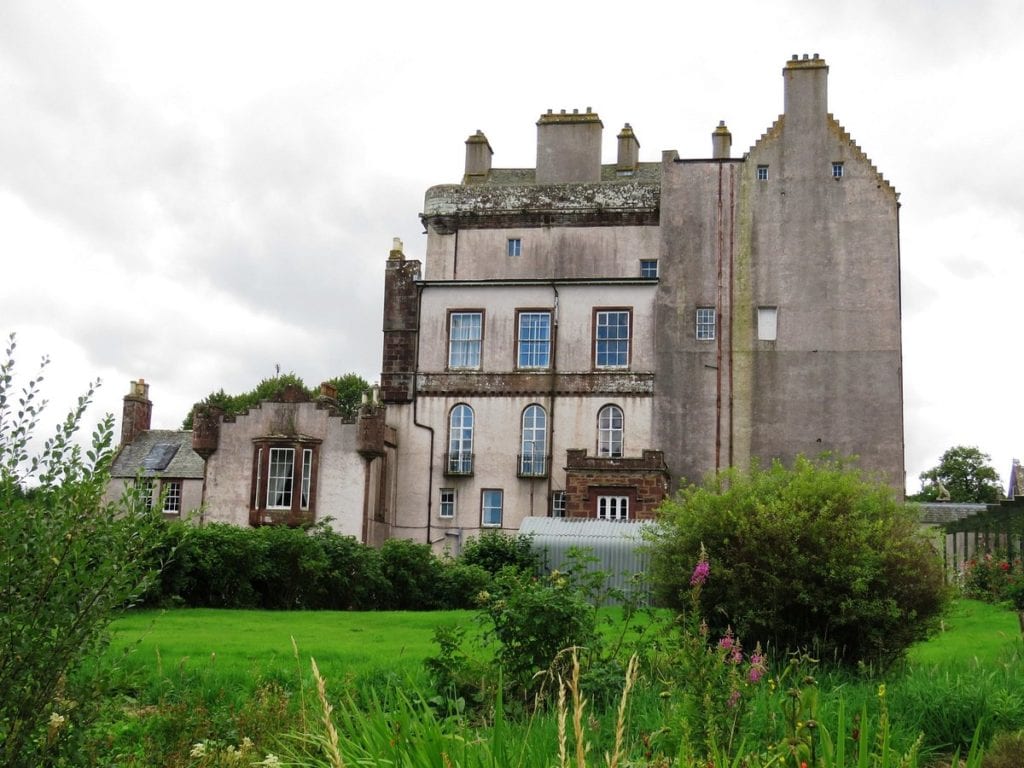
The oldest castle to ever exist in Scotland is Delgatie Castle, which dates back to 1030. The Hay Clan has resided in the majestic 11th-century fortification of Delgatie Castle for the majority of the past 650 years.
Between 1570 and 1579, the castle’s earliest still-standing portions were constructed. In 1743, new wings and a church were built. Strange creatures with human heads are among the decorations, and some of them may be locals’ pictures.
Delgatie Castle welcomes guests and has space for events like weddings. Additionally, the castle itself offers two self-catering flats, while the estate’s coach house offers four more.
Did You Know?
All of the rooms in Delgatie Castle are small, in contrast to other huge castles or stately residences, which is one of the castle’s most intriguing qualities.


